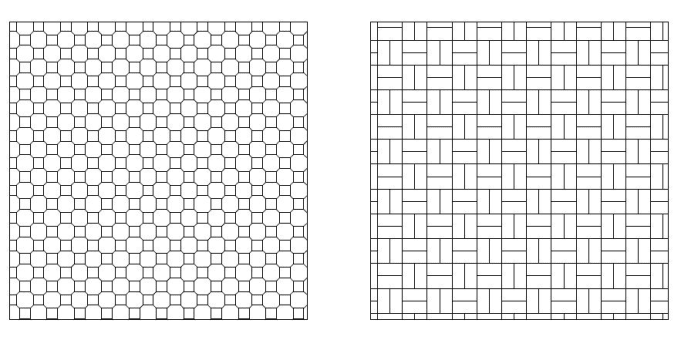

Quick start to Tekla Structures drawings.Get familiar with Tekla Structures Expand.Installation and licensing workflow Expand.Tekla Structures 2023 release notes Expand.Simply select Continue hatching this area to proceed with the hatch.īy utilizing the Gap Tolerance setting I was able to hatch each of the offices in my floor plan even though the door opening made these open areas. The only difference is that AutoCAD will warn you that the area you selected isn’t closed.

With the Gap Tolerance set, you can continue using the HATCH command as you would for closed areas.In my example I know my door openings are no more than 3’-0” wide, so I’ll set the Gap Tolerance to 3’-0”. Here you will find the Gap Tolerance slider. Expand the Options panel on the contextual Hatch Creation Ribbon tab.

Start the HATCH command from the Draw panel of the Home Ribbon tab.

Although this method works, it does add several steps to what should otherwise be a simple task of drawing a hatch.Īn alternate approach is to apply a Gap Tolerance to your Hatch by doing the following: To work around this, you could draw a temporary line to close the door opening, and then erase the line after you draw the hatch. As any good room should, each of these rooms has a door leading into them. In the above example I have a series of rooms I would like to hatch. The interesting this is it doesn’t have to be this way, as it is possible to hatch open areas using the lesser known “Gap Tolerance” function of the command. On any given day, you probably come across several instances where the area you need to hatch is open, and thereby disqualifies you from using the HATCH command until you add some temporary linework your drawing to “close” the area. You can only hatch closed areas, and if the area you select isn’t closed AutoCAD calls you names with the following notification: As the “paint bucket” tool of AutoCAD, inserting hatches isn’t especially difficult, however they do come with one simple rule. Hatches help us assign context to specific elements of our plans by adding texture to what would otherwise be a flat engineering document.


 0 kommentar(er)
0 kommentar(er)
